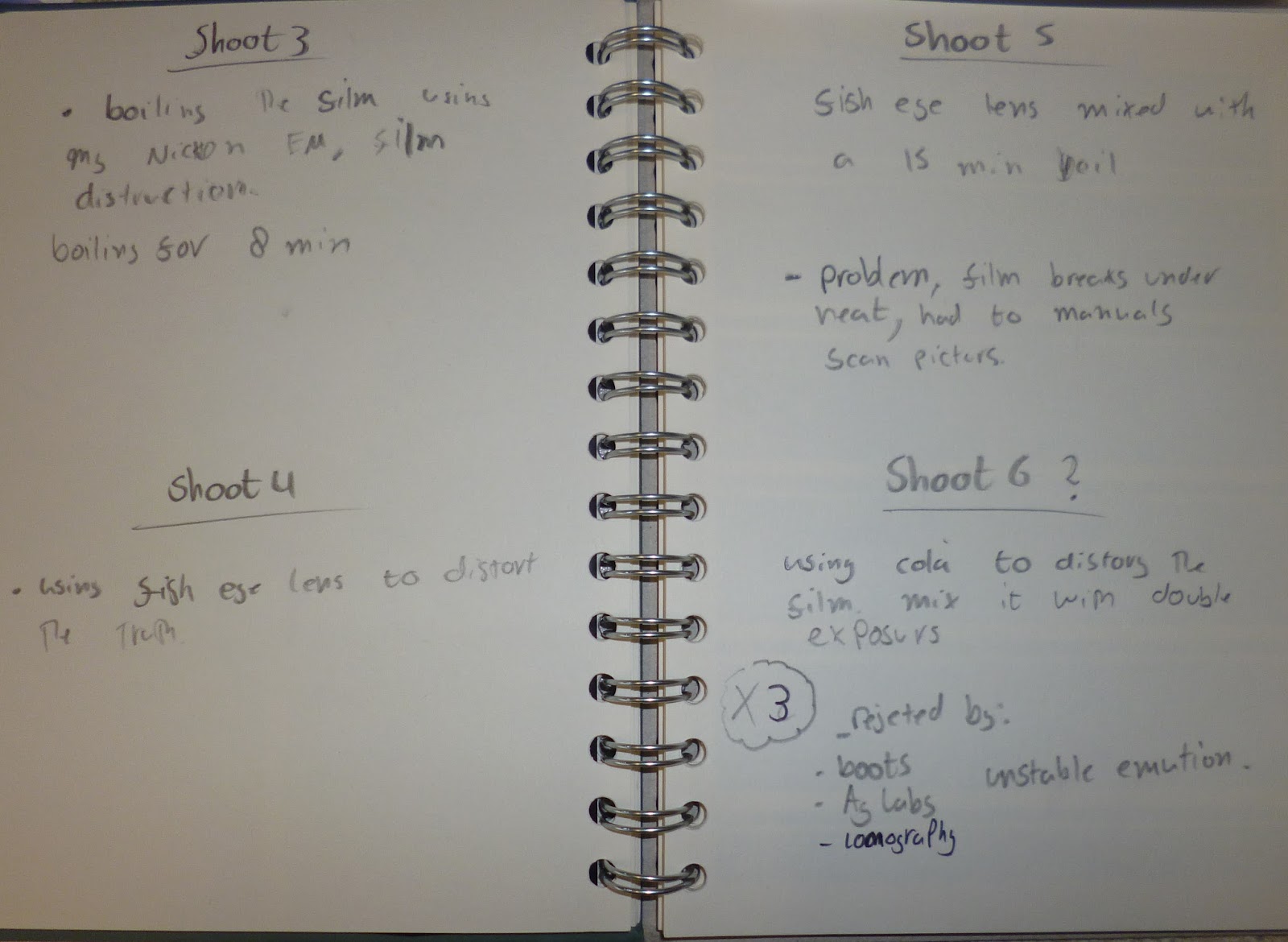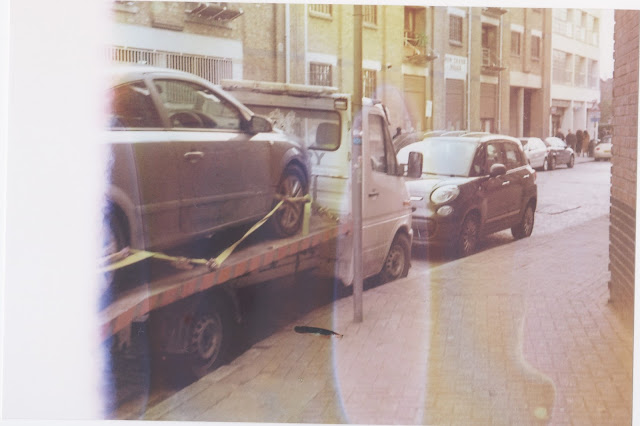Henri Cartier-Bresson was a french photographer, he was also an early adopter of 35mm film and only shot in black and white, although some colour pictures exist they are considered not as good by Bresson. He started taking pictures in the 1930s after being inspired by Martin Munkacsi pictures.His first camera was a 35mm letica rangefinder with a 50mm lens which was idea for shooting street. He became a photojournalist but this career was later put on hold as he joined the film and photography unit in the second world war and was eventually captured and escaped a labour camp and joined the french underground where he made a documentary about returning the french to home , called "The Return"
After the war he became a leading influence in street photography and coined the phrase the "decisive moment" referring to when you take you image and how, of candid events. which was also the title of his book in 1952, "To me, photography is the simultaneous recognition, in a fraction of a second, of the significance of an event as well as of a precise organisation of forms which give that event its proper expression." which is a quote from the book about what the decisive moment is, How you have to recognise the moment and have the skill to take the picture quick enough that you don't miss is.
Bresson wouldn't have been able to achieve this without the 35mm black and white film becoming a standard in 1924 by lettica, which is also the brand of camera he first got. If he wasn't influenced by Martin Munkacsi with his pictures of 3 African children, he might have stayed with painting ans sketching which he returned to after retired from photography instead of becoming a photojournalist
He didn't care much for developing the film and printing it himself, and he didn't like to crop images, he did all the composing in the camera, and stayed away from dark room manipulation.
 |
| Hyères, 1932 |
This is a picture taken by Bresson in the early years of his career as a photographer. He was in Hyères on holiday in 1932 when he was just starting his career, He shoots only in black and white as he prefers the contrast in the pictures. There is the black rail drawing a diagonal like across the frame. He has also taken this from a high vantage point the main subject of the picture is in the top left of the image with a cyclist which has some motion blur on it. There is also the iconic look of the streets.
I would like to think that we was walking down the steps as he heard the bike bell sounds and he quickly moved his camera to his eye to shoot the camera, but after some research he was on a walk and sat at the top of the stairs waiting for an event, if not the cyclist, it could have been people walking, or something similar.
The work was later published in "The Decisive Moment", and from what I have found from this the decisive moment isn't just one picture, it can be many pictures in a single event, but Bresson only shows the best moment from the event giving the impression he takes one picture.
 |
| Behind The Gare Saint-Lazare 1932 |
This picture was taken outside of Saint-Lazar train station in 1932, It is a black and white film taken with his letica in his early days as a photogrpaher. the picture is widely split by the fence win the mid ground where everything is reflected my the water on the floor, from the fence to the man standing behind it. This gives a big contrast in the black and white image. This is also one the decisive moment pictures where he waited until the right moment where the commuter was jumping of the ladder to take the picture and caught him mid jump.
This is one of his most iconic images, and it is also the most controversial to how he works, as I have said before her doesn't normally edit his pictures in the dark room but this one he has cropped out a wooden fence post on the left of the picture as in the moment he couldn't fit the lens through the gap. This is only 1 of 2 pictures he has ever cropped.

















































